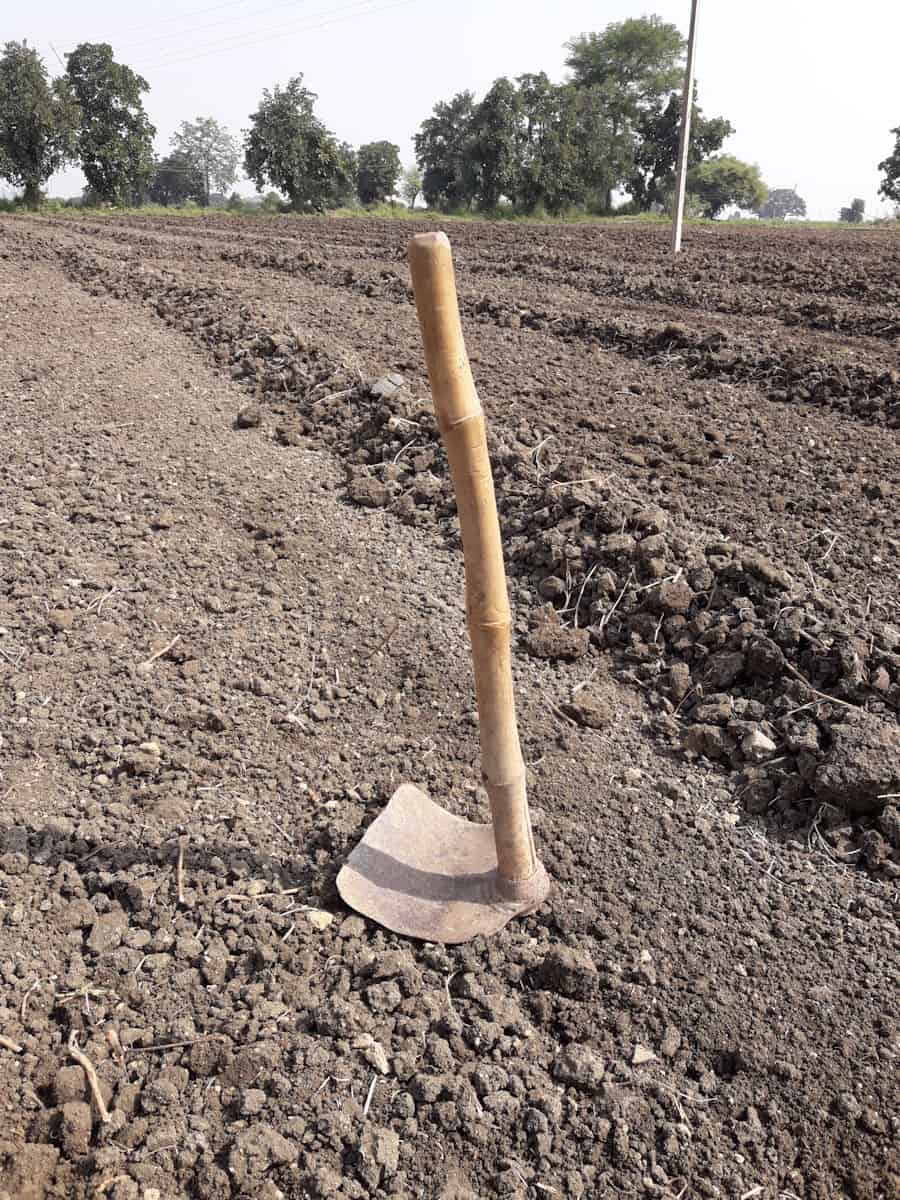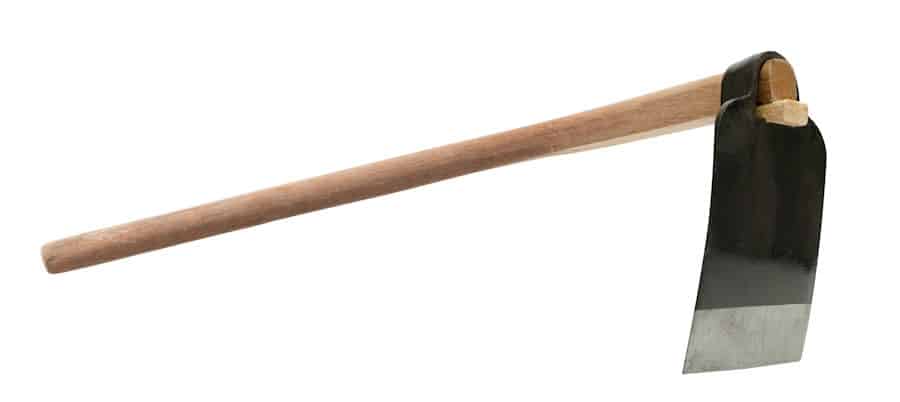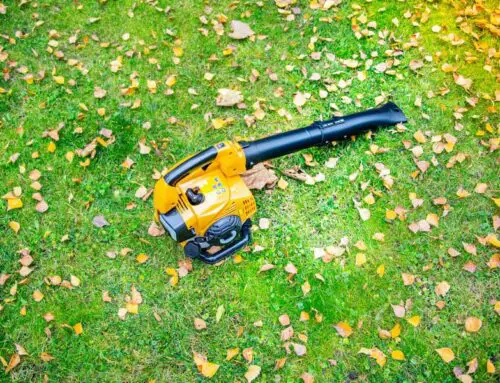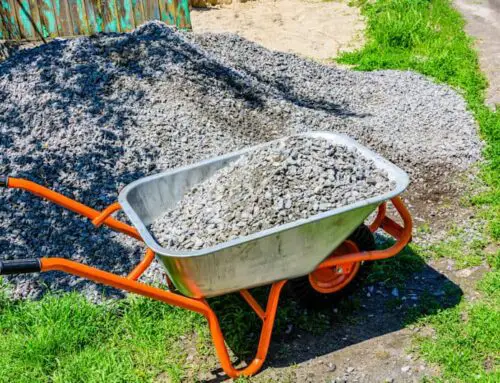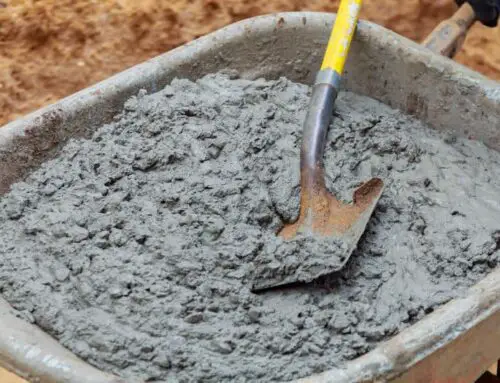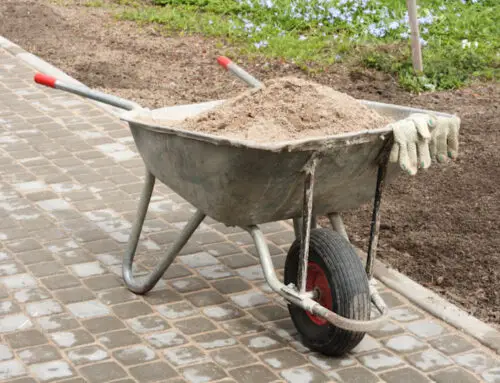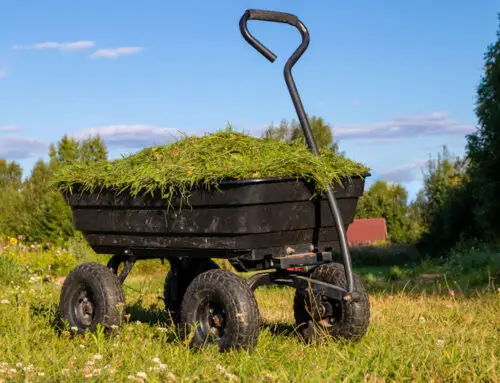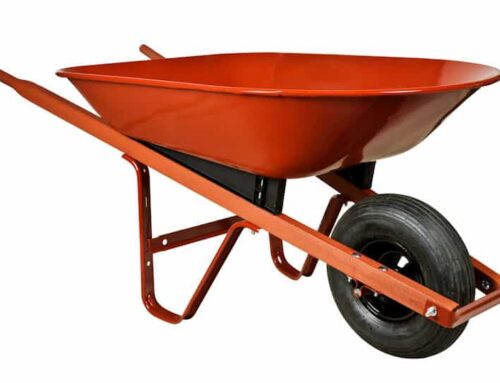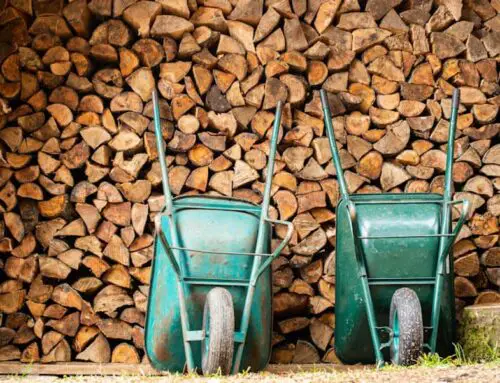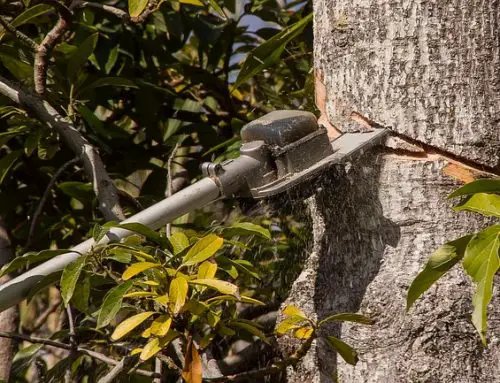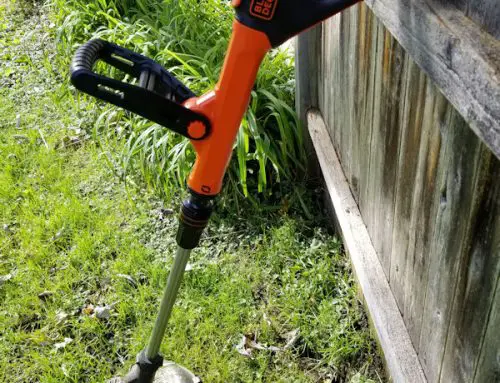As any gardener knows, having the right tools for the job is crucial to success. Let’s compare and contrast two essential gardening tools: the grape hoe vs grub hoe. By understanding the specific uses and benefits of each, you can make an informed decision about which tool is best suited for your gardening needs.
A Closer Look at the Grape Hoe
The Origin and Design
The grape hoe, also known as a vineyard hoe or a hilling hoe, has its origins in the vineyards of Europe, where it was traditionally used to cultivate grapevines. The hoe has a wide, flat blade, with a slight curve to it. This design allows the gardener to move soil and organic matter efficiently, making it ideal for tasks like hilling, weeding, and breaking up soil.
Where the Grape Hoe Shines
The grape hoe is a versatile garden tool, perfect for gardeners working in vineyards, vegetable gardens, or flower beds. It can easily cut through weeds, thanks to its sharp, broad blade, and its curved design makes it ideal for hilling, a process where soil is piled around the base of plants to provide support and prevent erosion.
How to Use a Grape Hoe
To use a grape hoe effectively, start by holding the handle with both hands, making sure your feet are shoulder-width apart. Then, use a chopping motion to cut through weeds and break up the soil. For hilling, gently pull the soil towards the base of the plants using the curved edge of the blade.
Examining the Grub Hoe
The Origin and Design
The grub hoe, sometimes called a digging hoe or a ground hoe, is a heavy-duty tool designed for breaking up hard soil and digging trenches. It features a thick, rectangular blade, set at a right angle to the handle. This design provides extra leverage, allowing the gardener to dig deep and break up compacted soil.
Where the Grub Hoe Excels
The grub hoe is a powerhouse when it comes to heavy-duty gardening tasks. Its primary function is to break up compacted soil, making it an indispensable tool for gardeners working in areas with hard, clay-rich soil. Additionally, it can be used for digging trenches and creating furrows for planting seeds or transplanting seedlings.
How to Use a Grub Hoe
To use a grub hoe, begin by placing the blade on the ground at the desired starting point. With both hands on the handle, lift the hoe and then forcefully drive the blade into the soil using a downward motion. To break up the soil, use a rocking motion, moving the handle back and forth. For digging trenches or furrows, lift and remove the loosened soil, then repeat the process until the desired depth is achieved.
Grape Hoe vs. Grub Hoe: Choosing the Right Tool for Your Needs
Now that you have a better understanding of the grape hoe and the grub hoe, it’s time to decide which tool is best suited for your gardening tasks. Consider the following factors when making your decision:
Soil Type: If you have hard, compacted soil, the grub hoe will be more effective at breaking it up. On the other hand, if you have looser soil, the grape hoe will work well for weeding and hilling.
Gardening Tasks: Are you primarily working in a vineyard or focusing on tasks like hilling and weeding? If so, the grape hoe is a better choice. If you need to dig trenches or work with compacted soil, the grub hoe is the tool for the job.
Personal Preference: As with any gardening tool, your personal preference plays a role in your decision. Try out both tools and see which one feels more comfortable and efficient for you.
In Conclusion
Both the grape hoe and the grub hoe are valuable tools in the gardener’s arsenal. By understanding their unique design features and specific uses, you can determine which tool is best suited for your particular gardening needs. Ultimately, the right choice will come down to your soil type, the tasks at hand, and your personal preference.
Grape Hoe vs Grub Hoe – FAQs
Can I use a grape hoe for breaking up compacted soil?
While the grape hoe can be used for breaking up soil, it’s not as effective as the grub hoe when it comes to compacted or clay-rich soil.
Is a grub hoe suitable for weeding?
The grub hoe can be used for weeding, but its primary function is breaking up hard soil. The grape hoe is generally more efficient for weeding tasks.
How do I maintain my grape hoe or grub hoe?
To keep your hoe in good condition, clean the blade after each use to remove soil and debris. Sharpen the blade regularly, and oil the wooden handle to prevent it from drying out and cracking.
Are there any alternative tools for digging trenches?
Shovels, spades, and garden forks can also be used for digging trenches, although the grub hoe provides extra leverage and is designed specifically for breaking up compacted soil.
What material is best for a hoe handle?
Wooden handles are traditional and offer a comfortable grip, while fiberglass handles provide increased durability and strength. Choose a handle material based on your personal preference and needs.
You may also like Do I Need to Pick up Weeds After Hoeing?

